Estudio Ome on how the goal of its landscapes ‘is to provoke, even through a subtle detail, an experience’
The Mexico City-based practice explores landscape architecture in Mexico, France and beyond, seeking to unite ‘art and ecology’
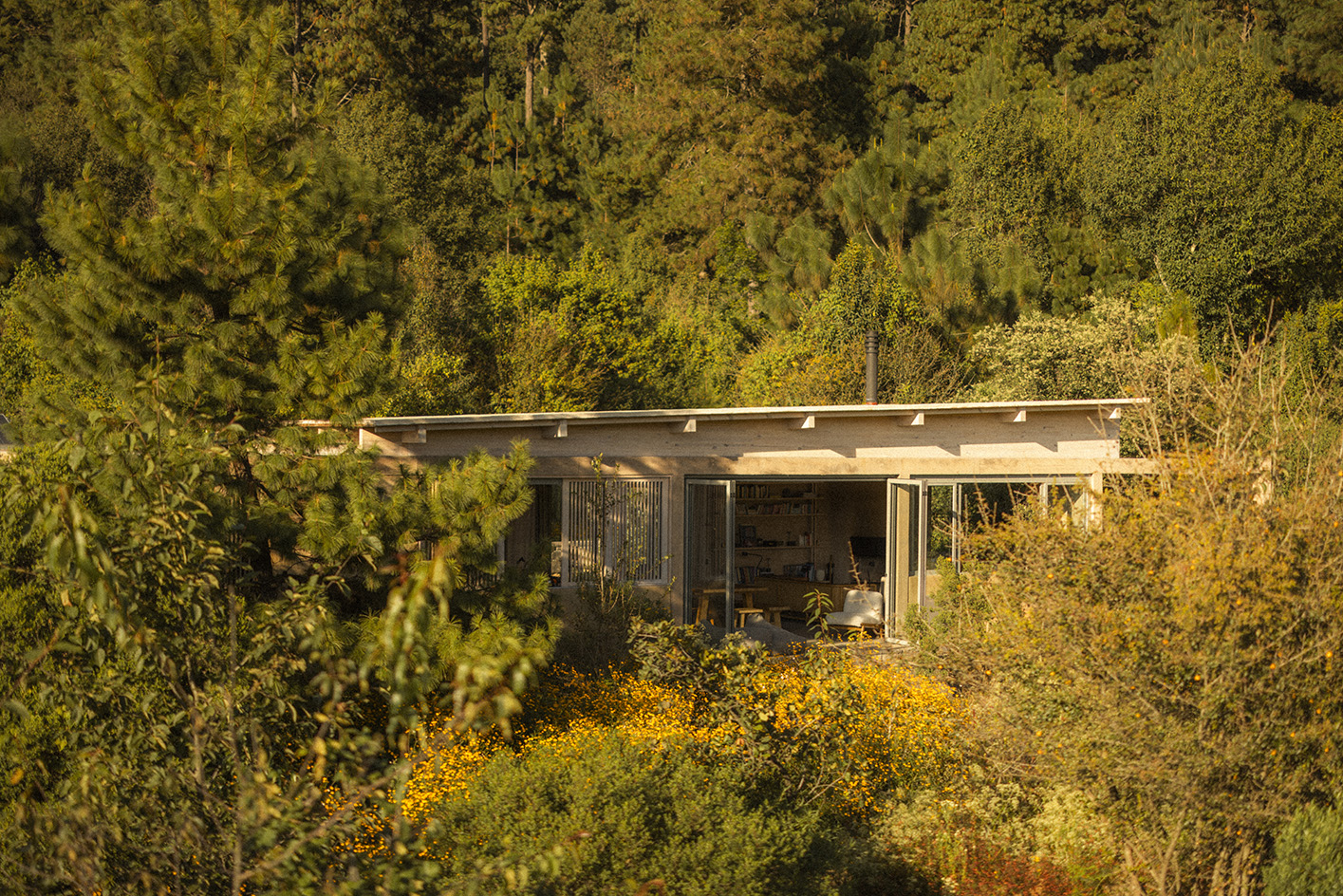
The idea of ‘balance’ sits at the heart of Estudio Ome’s work. The young landscape architecture firm from Mexico City, founded in 2018 by the Franco-Mexican duo Hortense Blanchard and Susana Rojas Saviñón, has always questioned ‘how we interact with nature and where to intervene to get the perfect balance between what is built and what is alive’, they explain. Bringing together different elements and consolidating learnings from diverse aspects of the creative and physical world has been a powerful tool for the pair.
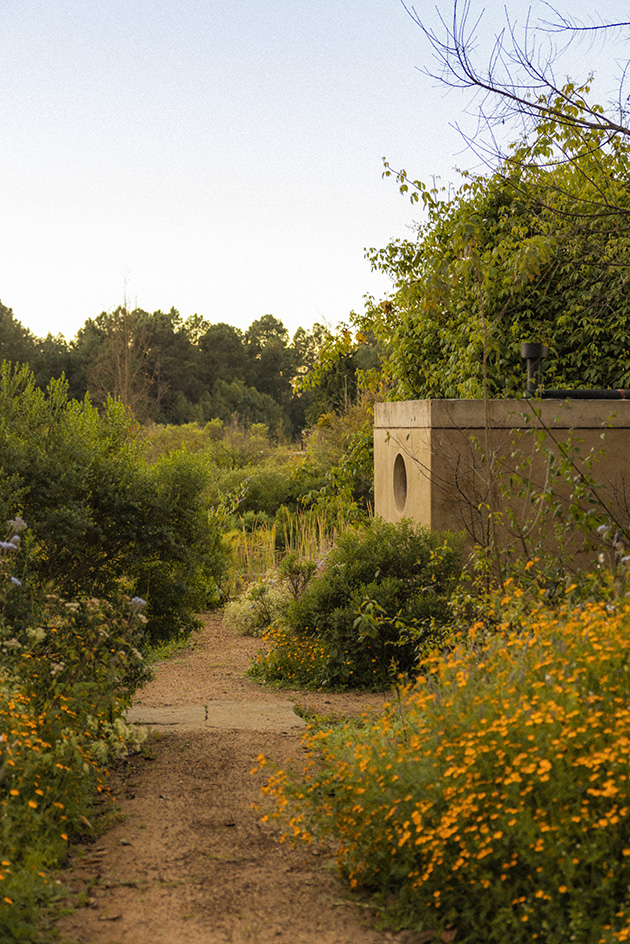
Tecorrales
Enter the world of Estudio Ome in Mexico
This duality appears in various other aspects of their work – they combine practice and theory, using drawing as a means for exploration and learning, as well as a means to shape a place; and they seek to unite art and ecology. They explain: ‘Art as the search for beauty, for the poetic; our goal is to provoke, even through a subtle detail, an experience, a source of inspiration and interpretation. We define ecology from an ethical perspective as the utmost respect towards nature; each time we have a commission, we ask ourselves: is the place going to be better with our intervention or is it better to do nothing?’

Tecorrales
As a result of their delicate and at the same time impactful designs, the awards have kept coming. Among them, the pair has scooped ‘Outstanding Project’ at the 2025 Mies Crown Hall Americas Prize (MCHAP); the top gong at the 2024 Rethinking the Future Awards in the Private Landscape category; and a special mention at the 2023 Landezine International Landscape Award’s Private Gardens category.
‘Each time we have a commission, we ask ourselves: is the place going to be better with our intervention or is it better to do nothing?’
Estudio Ome
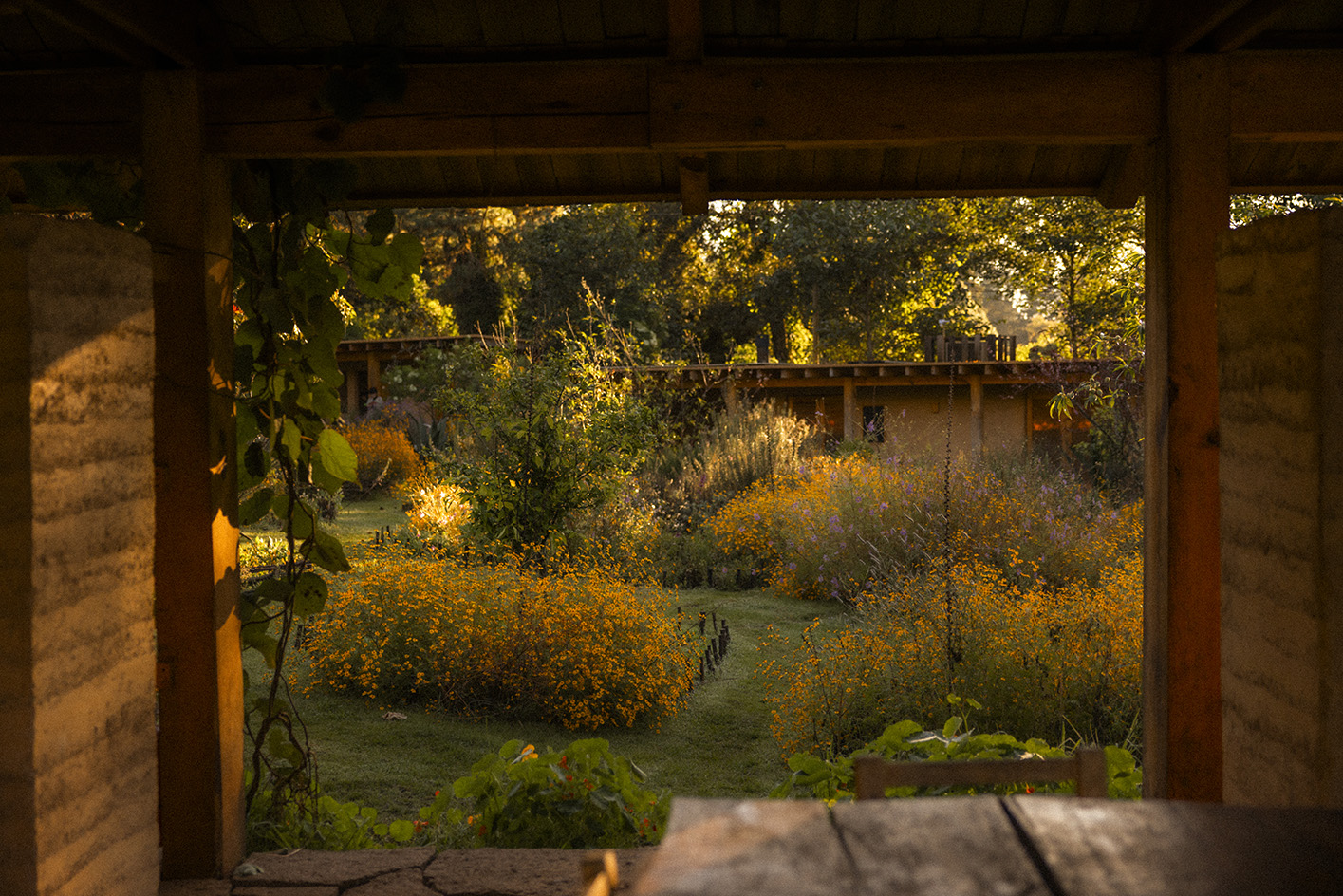
Reserva Penitas
This has also afforded them a growing portfolio of international work. Working on both sides of the Atlantic, they have been broadening their practice in Mexico and France, expanding this year to the UK too. The 2022 project, The Ruins, a private garden in Mexico, has been central to the evolution of their practice.
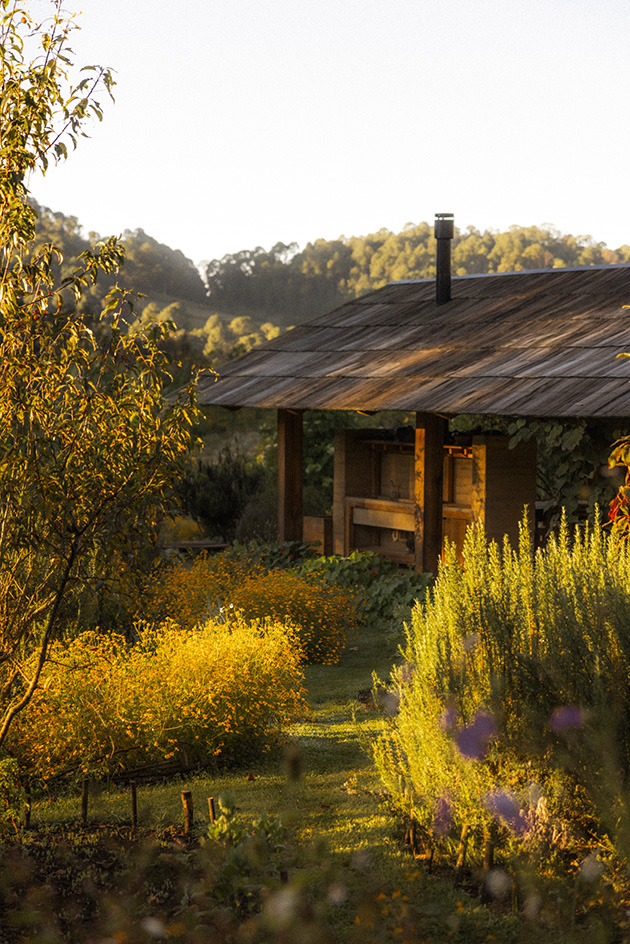
Reserva Penitas
Here, they worked with a series of existing ecosystems and hydrology management strategies for harvesting run-off water from the site to create a thriving composition of stone, water and planting. It is a design that does not represent a single moment in time. Every four months, they return to it for maintenance, which adds to their deep understanding of the place and enriches its present and future.
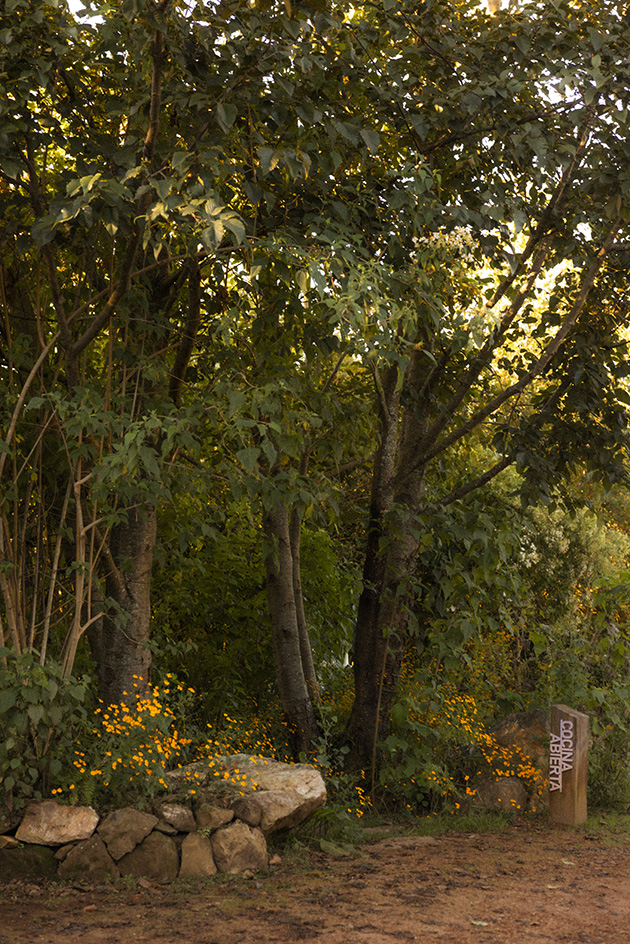
Reserva Penitas
The five-strong studio is currently working on an art foundation project with Mexican architect Frida Escobedo, for which they have been developing their landscape solution in a rich dialogue with the buildings on site. ‘From the very beginning, the process has been shaped by an accumulation of notes from the clients and architects. We have been redrawing the architectural project, its materiality, and changing the qualities of light. This methodology has allowed us to have bold concepts that can be rapidly sketched,’ they say.
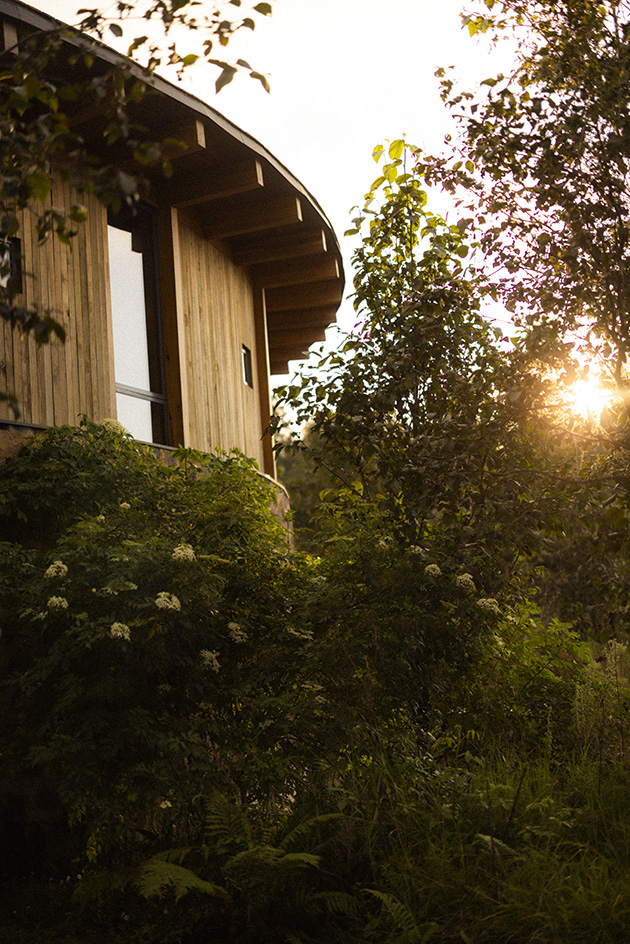
The Ruins
‘We have included drawings of plants observed at the Botanical Garden of the National University. In these, our intention is to show the foliage, the patterns, the movement of the stem, density, and the movement in time, qualities often difficult to express in a project presentation otherwise. For us, hand drawing brings movement, brings the notion of time, and isn’t that what landscape is all about?’
Receive our daily digest of inspiration, escapism and design stories from around the world direct to your inbox.
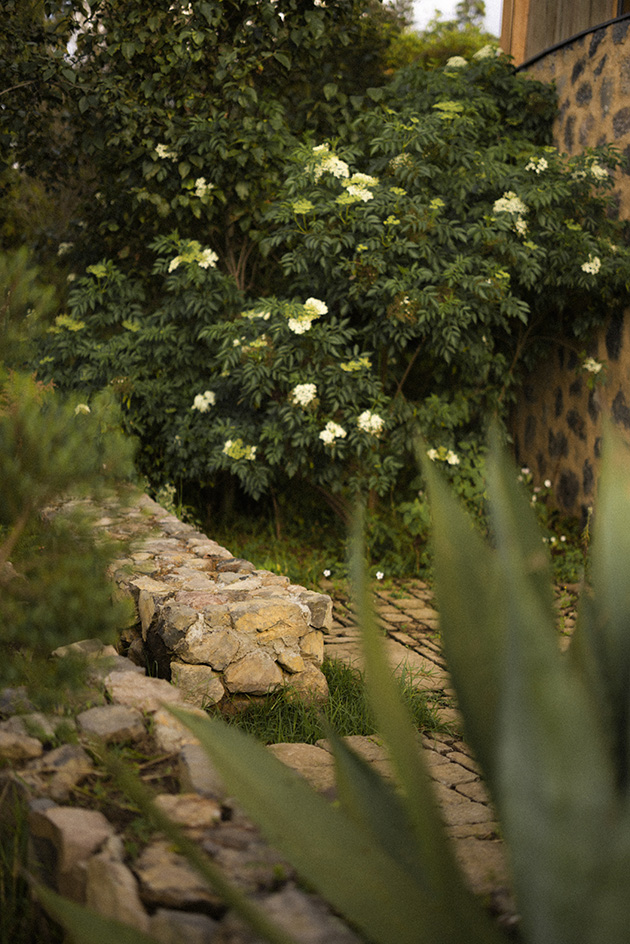
The Ruins
Even though they are optimistic about the future of their field, Rojas Saviñón and Blanchard flag the need for more opportunities for education among landscape professionals and their clients: ‘In Mexico, where we have been working for the past eight years, what’s missing is more education, more possibilities to study. There is a growing number of people interested in the field, and there is work. Hand-in-hand with this comes the perception of the profession. Often, expectations are reduced to planting palettes. Our hope is that through broader visibility of the possibilities that landscape holds, richer collaborations will arise.’
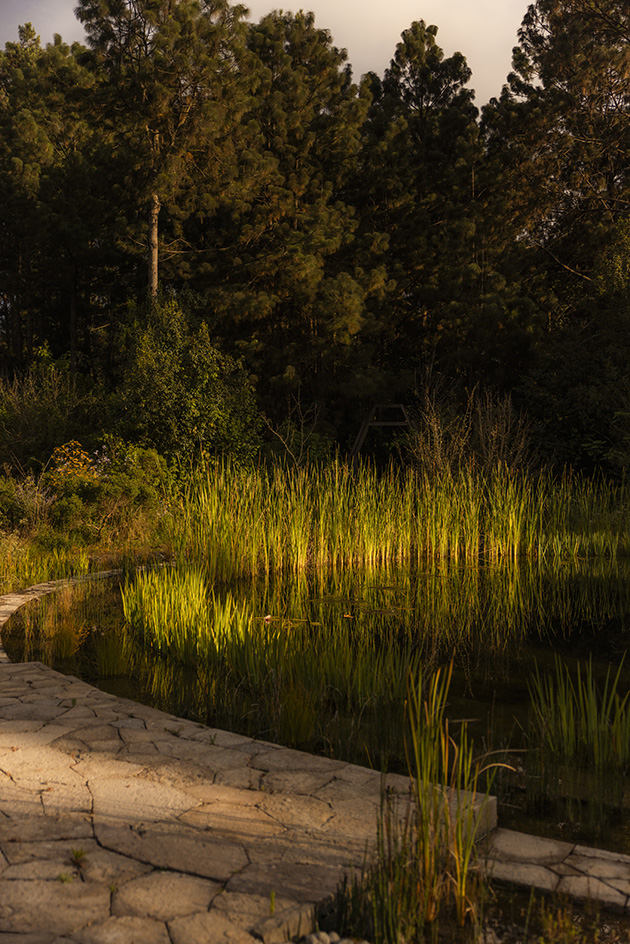
The Ruins
Ellie Stathaki is the Architecture & Environment Director at Wallpaper*. She trained as an architect at the Aristotle University of Thessaloniki in Greece and studied architectural history at the Bartlett in London. Now an established journalist, she has been a member of the Wallpaper* team since 2006, visiting buildings across the globe and interviewing leading architects such as Tadao Ando and Rem Koolhaas. Ellie has also taken part in judging panels, moderated events, curated shows and contributed in books, such as The Contemporary House (Thames & Hudson, 2018), Glenn Sestig Architecture Diary (2020) and House London (2022).
-
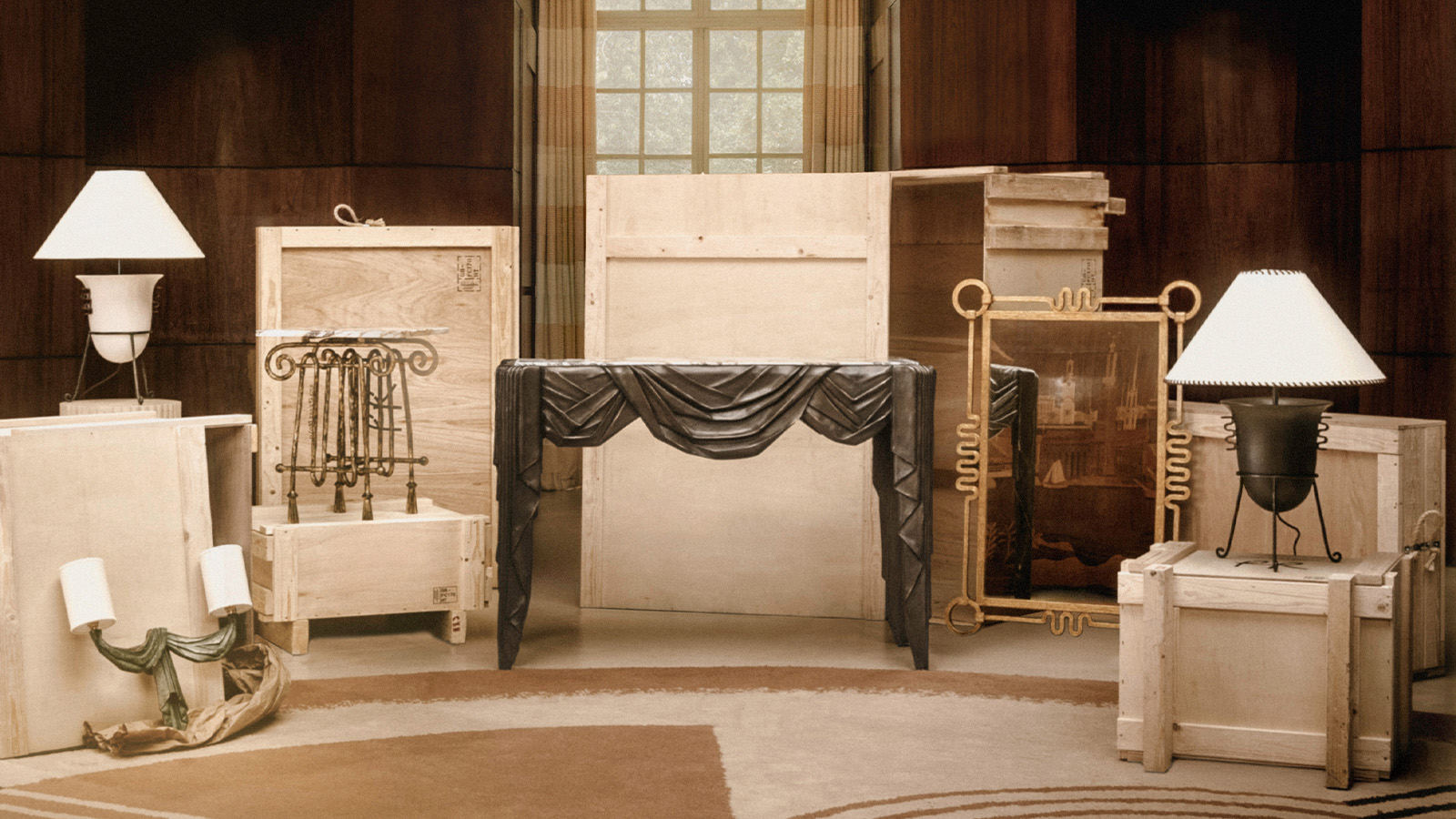 Gergei Erdei’s furniture collection with Porta Romana is inspired by treasured family heirlooms
Gergei Erdei’s furniture collection with Porta Romana is inspired by treasured family heirloomsWorking closely with the British furniture and lighting company, artist and designer Gergei Erdei drew inspiration from his grandmother’s jewellery box to create a furniture collection which has an air of antiqueness
-
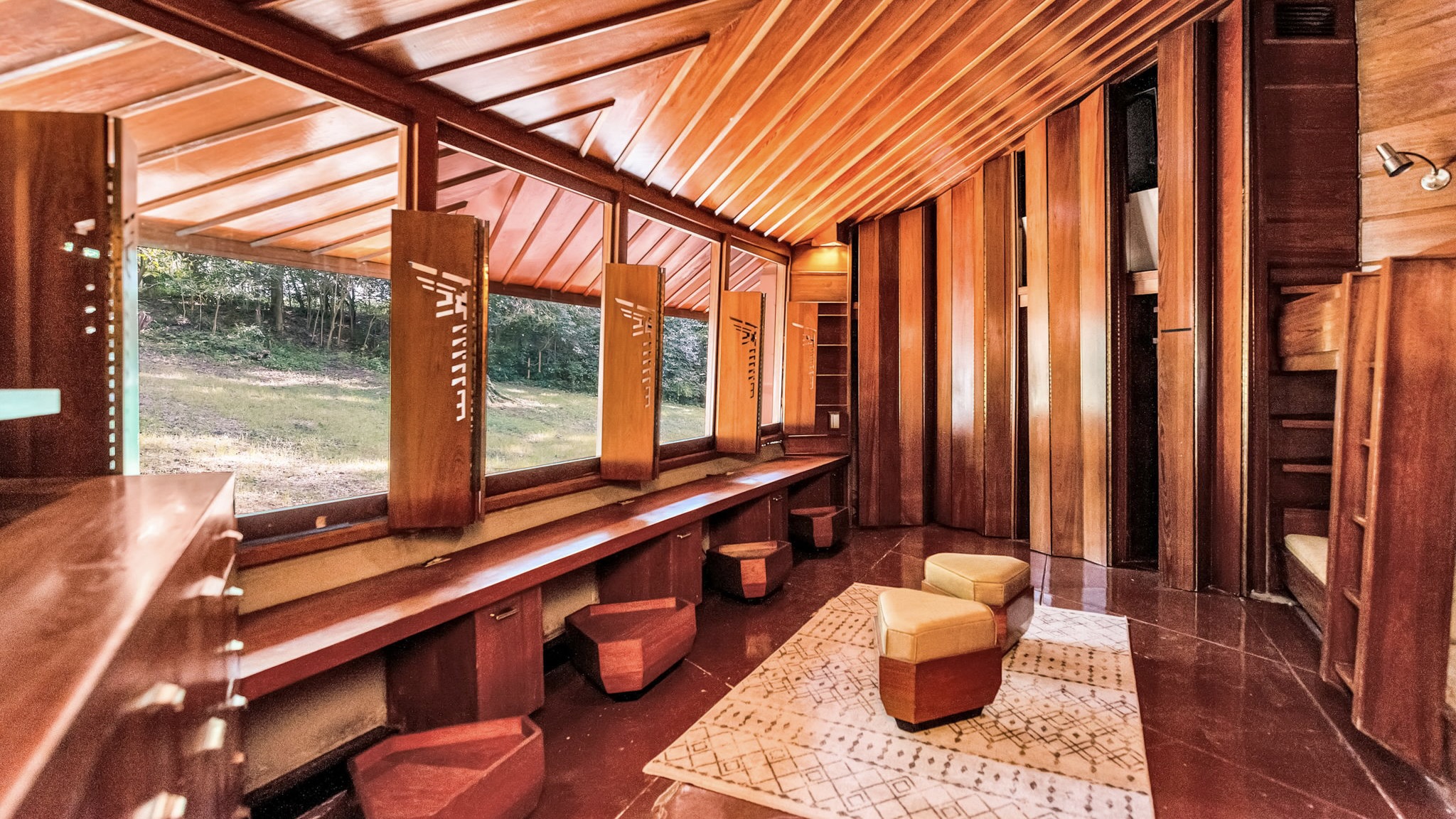 Frank Lloyd Wright’s Fountainhead will be opened to the public for the first time
Frank Lloyd Wright’s Fountainhead will be opened to the public for the first timeThe home, a defining example of the architect’s vision for American design, has been acquired by the Mississippi Museum of Art, which will open it to the public, giving visitors the chance to experience Frank Lloyd Wright’s genius firsthand
-
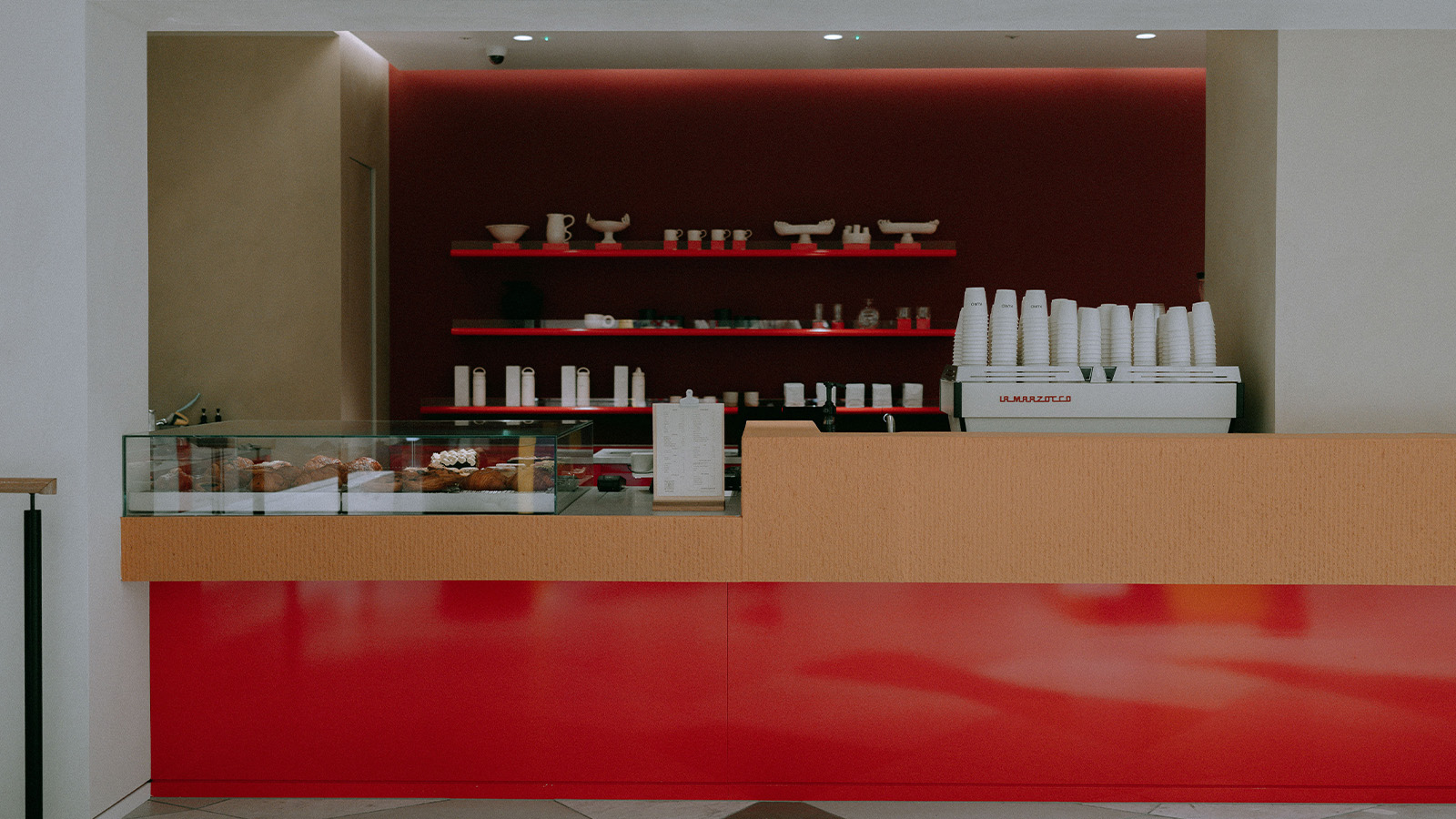 One of London’s favourite coffee shops just opened in Harvey Nichols
One of London’s favourite coffee shops just opened in Harvey NicholsKuro Coffee’s latest outpost brings its Japanese-inspired design to the London department store
-
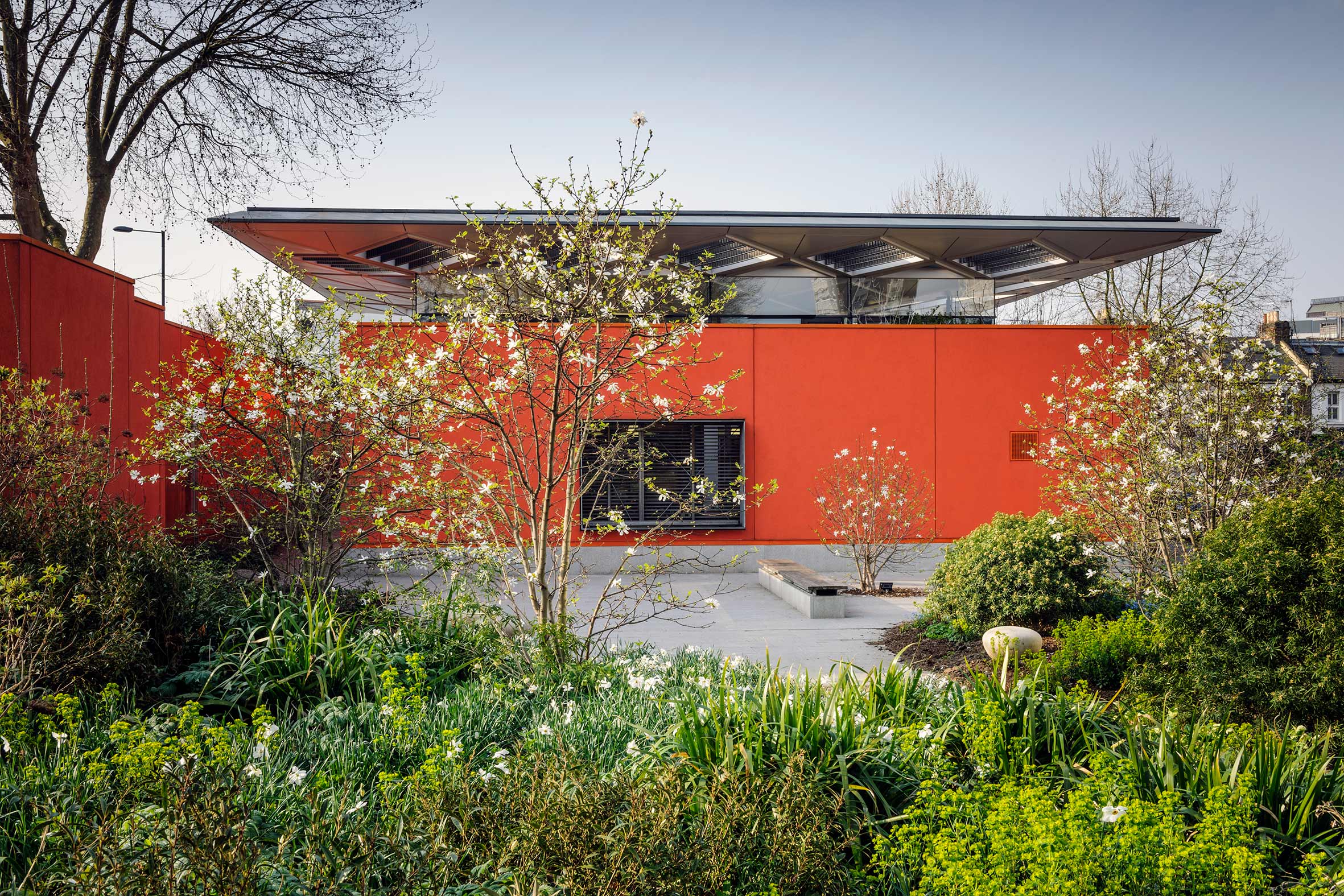 How Maggie’s is redefining cancer care through gardens designed for healing, soothing and liberating
How Maggie’s is redefining cancer care through gardens designed for healing, soothing and liberatingCancer support charity Maggie’s has worked with some of garden design’s most celebrated figures; as it turns 30 next year, advancing upon its goal of ‘30 centres by 30’, we look at the integral role Maggie’s gardens play in nurturing and supporting its users
-
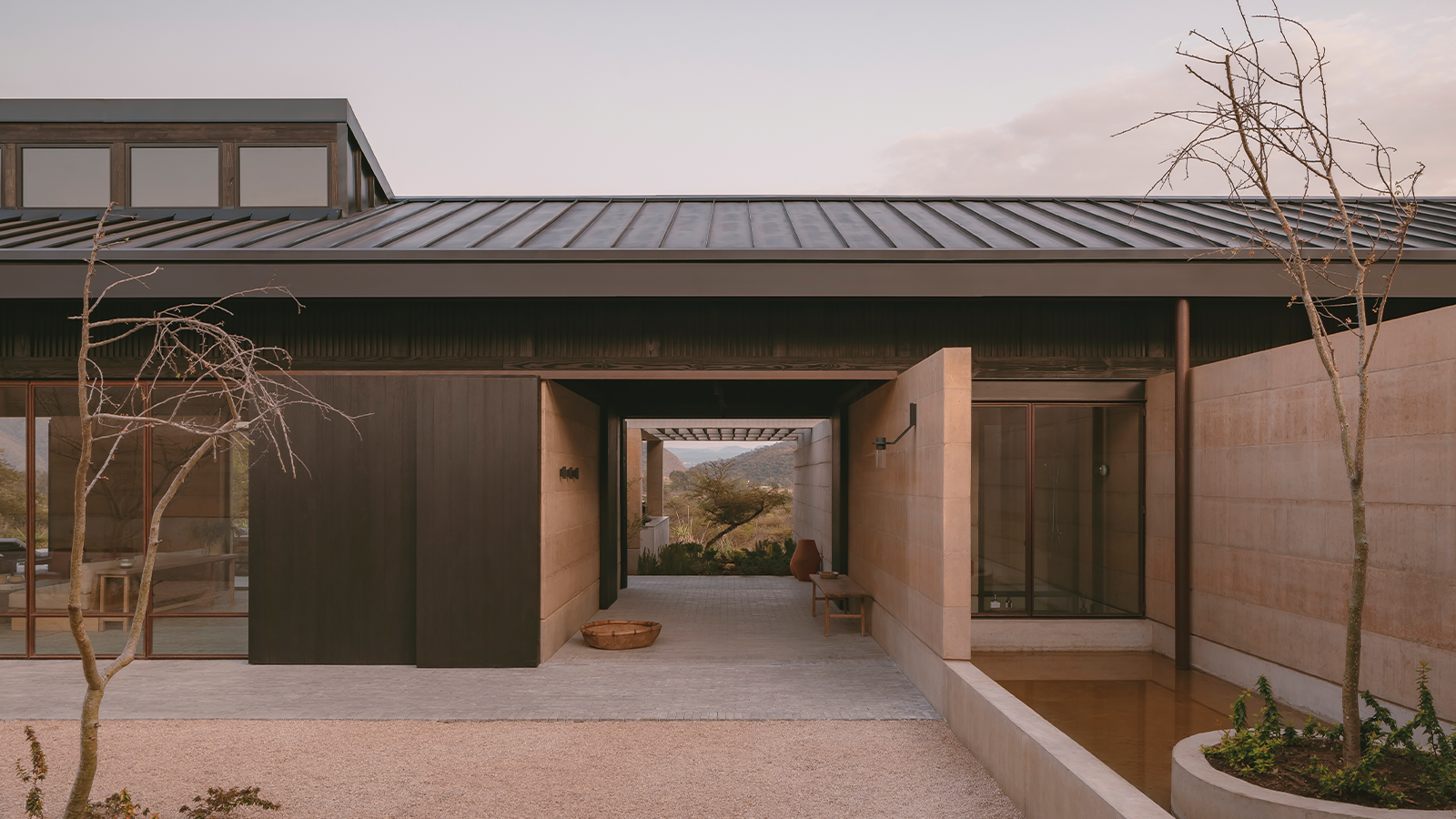 Serenity radiates through this Mexican home, set between two ravines
Serenity radiates through this Mexican home, set between two ravinesOn the cusp of a lakeside town, Mexican home Casa el Espino is a single-storey residence by Soler Orozco Arquitectos (SOA)
-
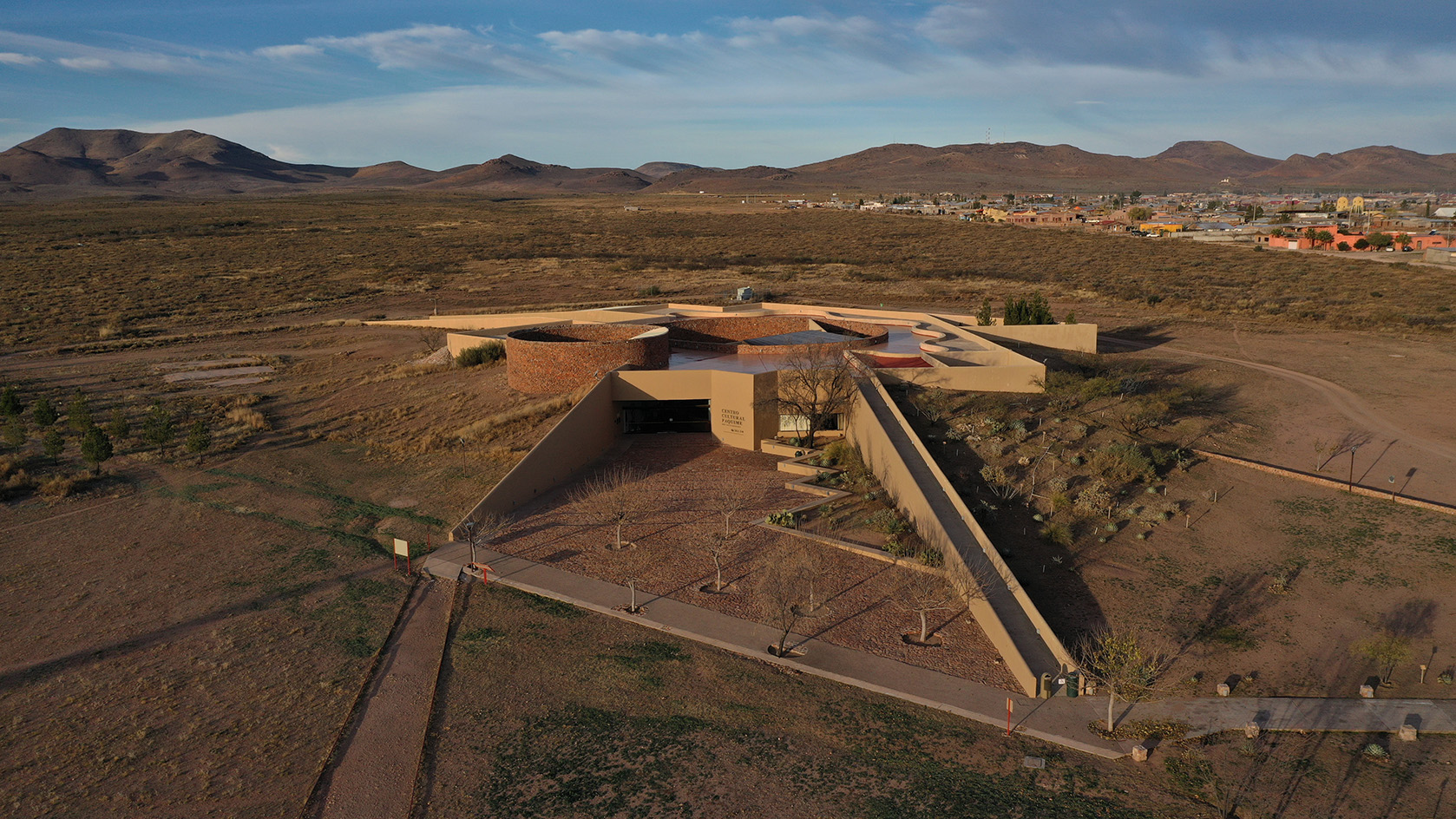 Mexican landscape architect Mario Schjetnan's Grupo de Diseño wins 2025 Oberlander Prize
Mexican landscape architect Mario Schjetnan's Grupo de Diseño wins 2025 Oberlander PrizeThe 2025 Oberlander Prize goes to Mexican landscape architect Mario Schjetnan and his studio, Grupo de Diseño, highlighting the creative's motto: 'We have a human right to open space'
-
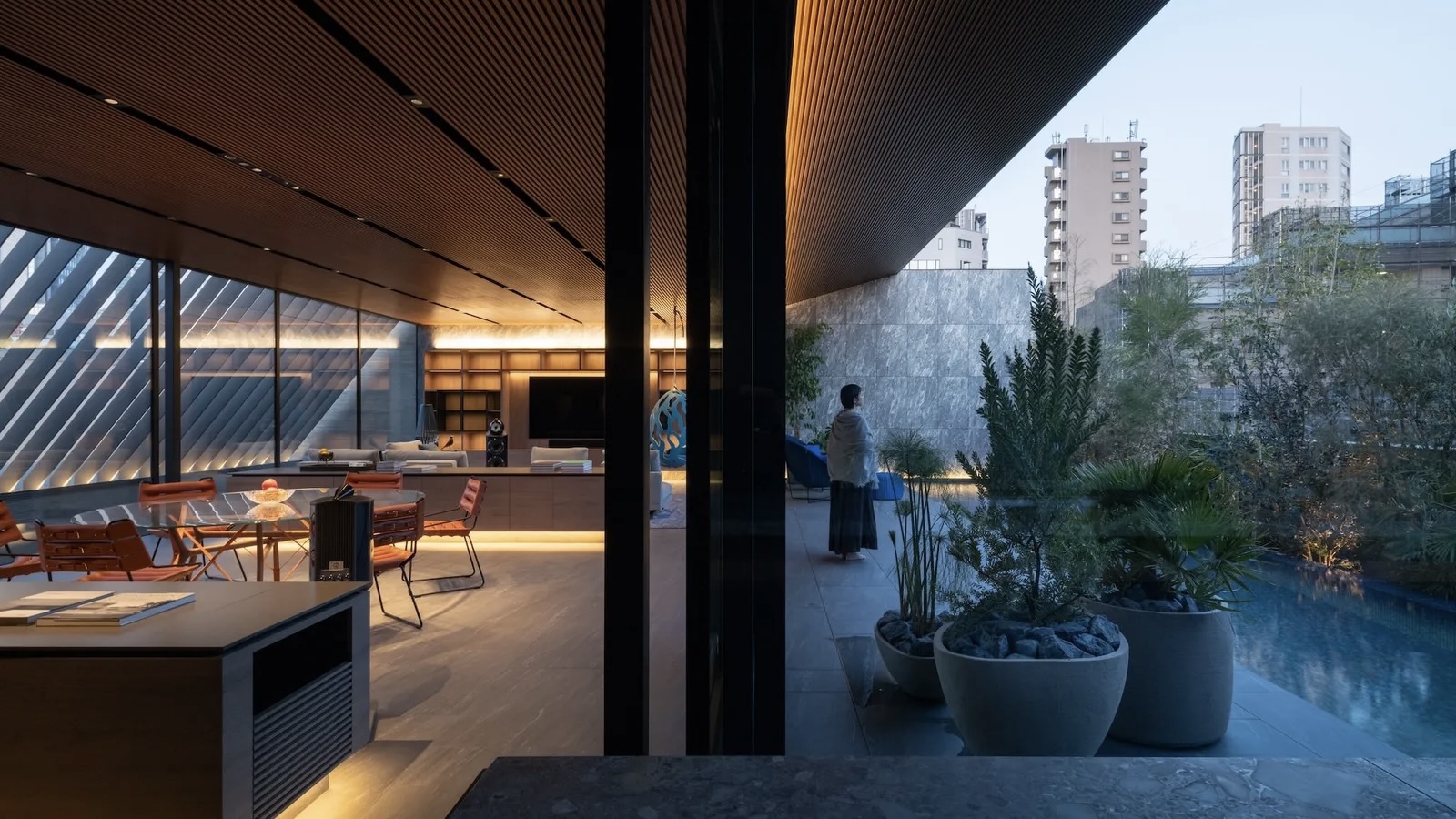 The Architecture Edit: Wallpaper’s houses of the month
The Architecture Edit: Wallpaper’s houses of the monthThis September, Wallpaper highlighted a striking mix of architecture – from iconic modernist homes newly up for sale to the dramatic transformation of a crumbling Scottish cottage. These are the projects that caught our eye
-
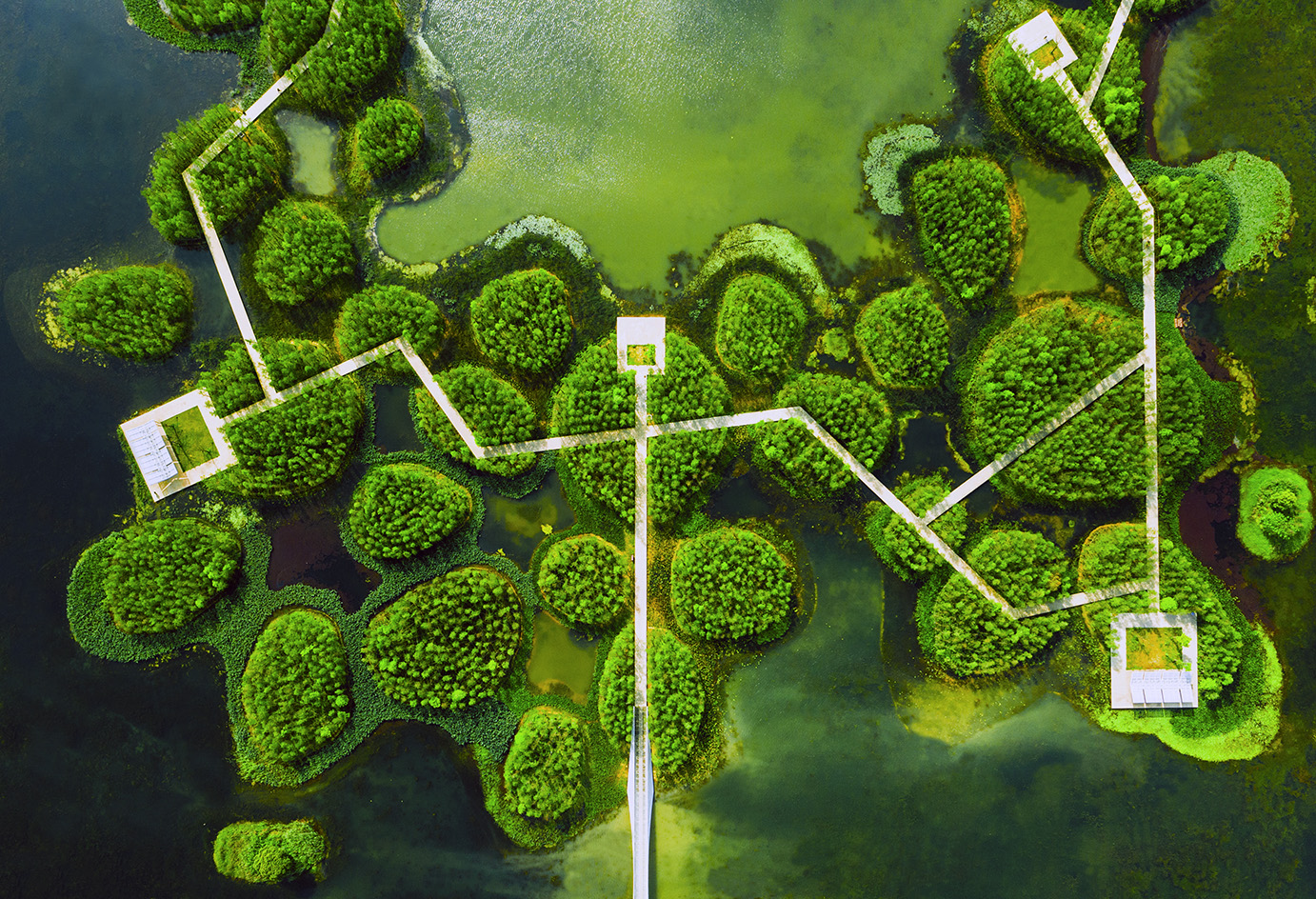 Honouring visionary landscape architect Kongjian Yu (1963-2025)
Honouring visionary landscape architect Kongjian Yu (1963-2025)Kongjian Yu, the renowned landscape architect and founder of Turenscape, has died; we honour the multi-award-winning creative’s life and work
-
 A Mexican clifftop retreat offers both drama, and a sense of place
A Mexican clifftop retreat offers both drama, and a sense of placeCasa Piscina del cielo, a clifftop retreat by Zozaya Arquitectos, creates the perfect blend of drama and cosiness on Mexico's Pacific Coast
-
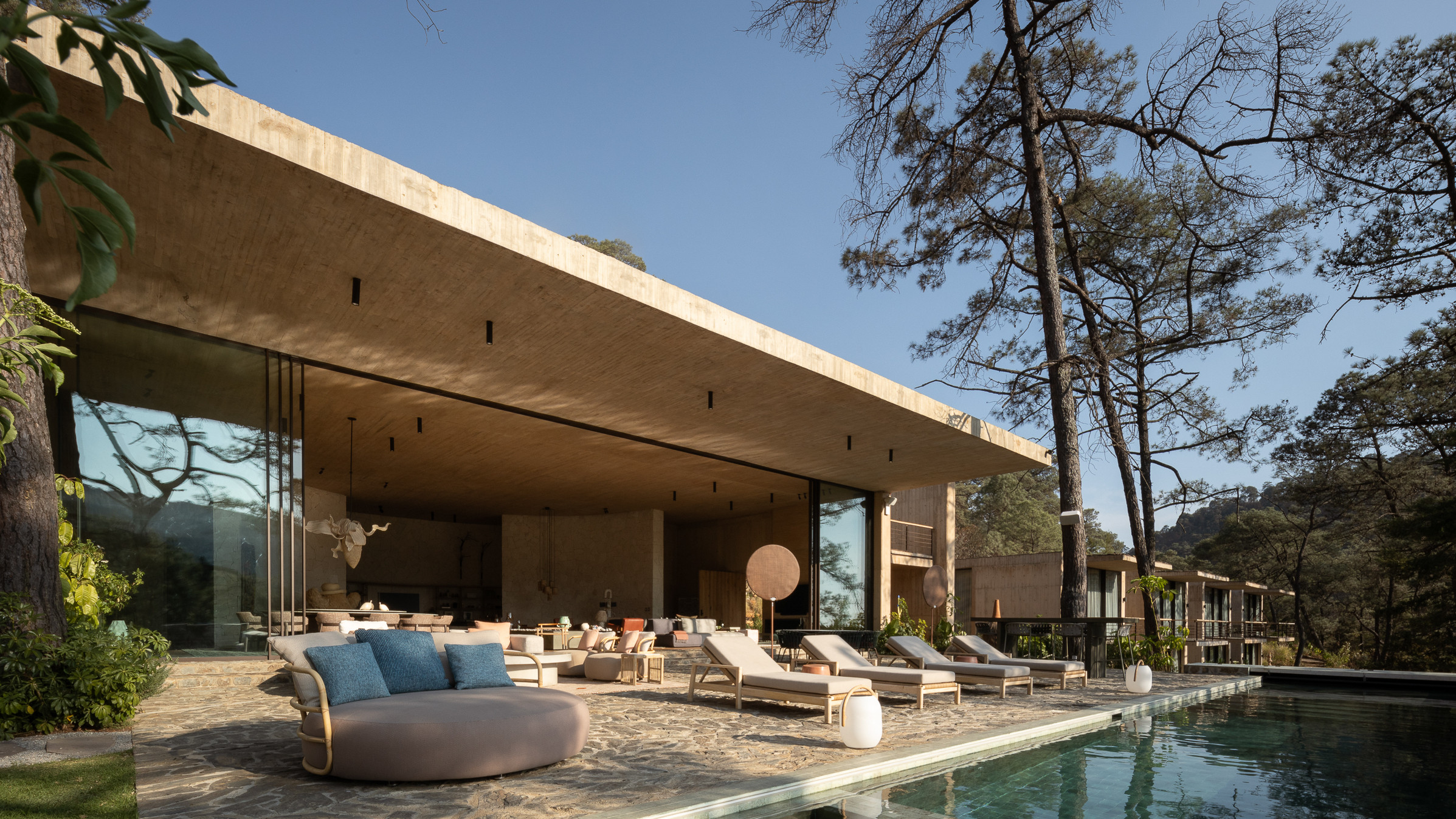 Broken up into six pavilions, this brutalist Mexican house is embedded in the landscape
Broken up into six pavilions, this brutalist Mexican house is embedded in the landscapeSordo Madaleno’s brutalist Mexican house, Rancho del Bosque, is divided up into a series of pavilions to preserve the character of its hillside site, combining concrete, curves and far-reaching views
-
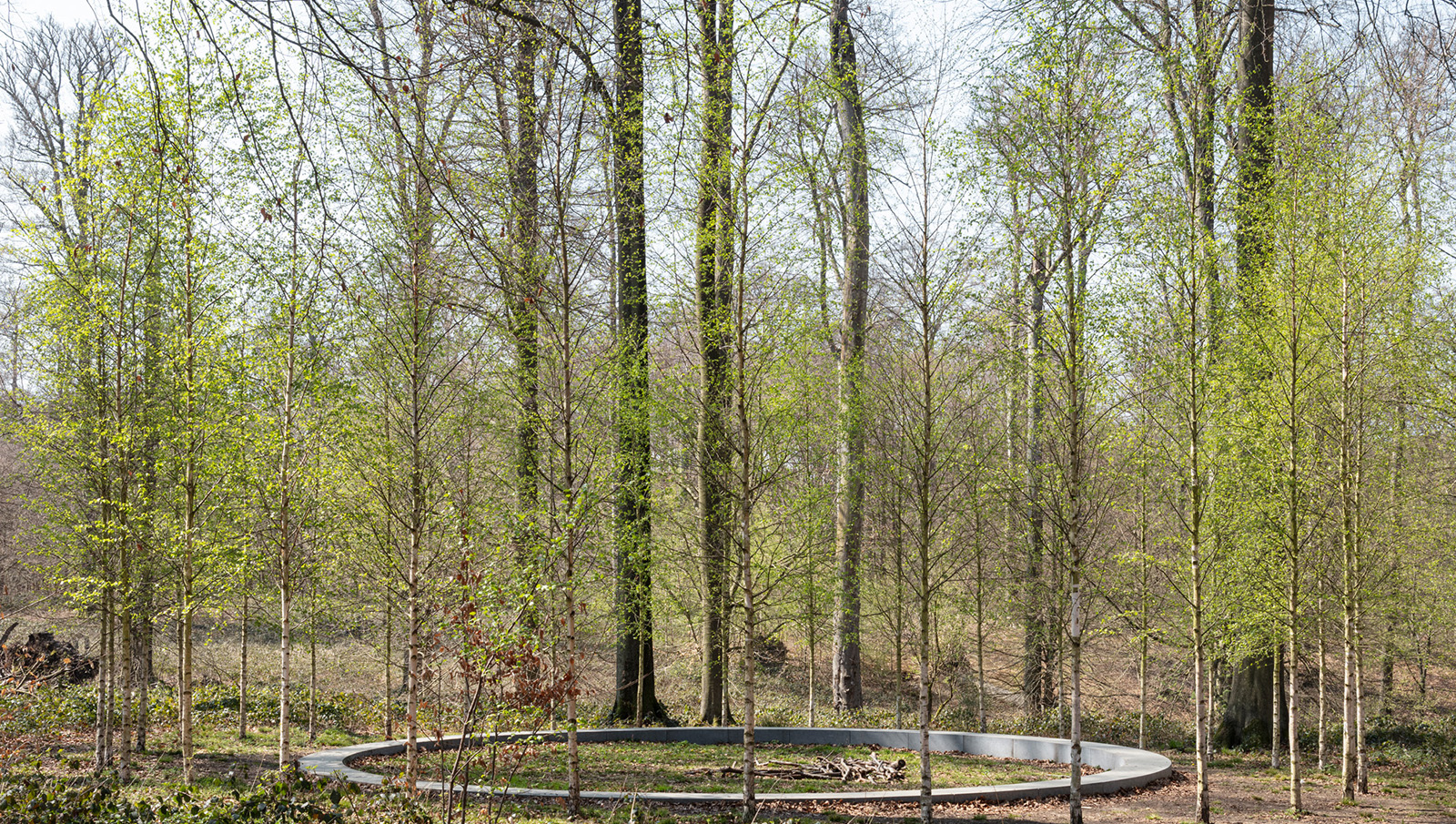 ‘Landscape architecture is the queen of science’: Emanuele Coccia in conversation with Bas Smets
‘Landscape architecture is the queen of science’: Emanuele Coccia in conversation with Bas SmetsItalian philosopher Emanuele Coccia meets Belgian landscape architect Bas Smets to discuss nature, cities and ‘biospheric thinking’